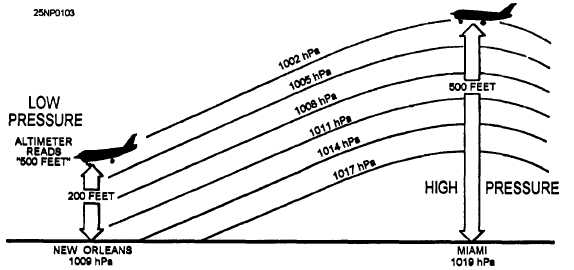Slackyhacky
Ejection Handle Pulled
- Joined
- Dec 27, 2014
- Messages
- 54
- Display Name
Display name:
Jeremy
Ugh...so many confusing explainations.
Can someone tell me like I'm 10 years old?
Let's assume I am sitting in my plane, at sea level at 15C - altimeter is reading zero as it should.
The temperature drops 30C to -15C.
What will my altimeter read relative to zero? I assume it will read less than zero now (cold air more dense, so heavier, so will put more pressure on the aneroid wafer in the altimeter - thus moving the needle to a lesser value). So, my indicated altitude is now lower than my actual altitude. However, this makes the saying "high to low, look out below" make no sense. Because if i were flying, and trying to keep my altitude at zero, as the temp changed lower, and the needle moved towards negative, I would make adjustments upward to keep the needle at 0. In other words, I would fly higher.
Can someone tell me like I'm 10 years old?
Let's assume I am sitting in my plane, at sea level at 15C - altimeter is reading zero as it should.
The temperature drops 30C to -15C.
What will my altimeter read relative to zero? I assume it will read less than zero now (cold air more dense, so heavier, so will put more pressure on the aneroid wafer in the altimeter - thus moving the needle to a lesser value). So, my indicated altitude is now lower than my actual altitude. However, this makes the saying "high to low, look out below" make no sense. Because if i were flying, and trying to keep my altitude at zero, as the temp changed lower, and the needle moved towards negative, I would make adjustments upward to keep the needle at 0. In other words, I would fly higher.



